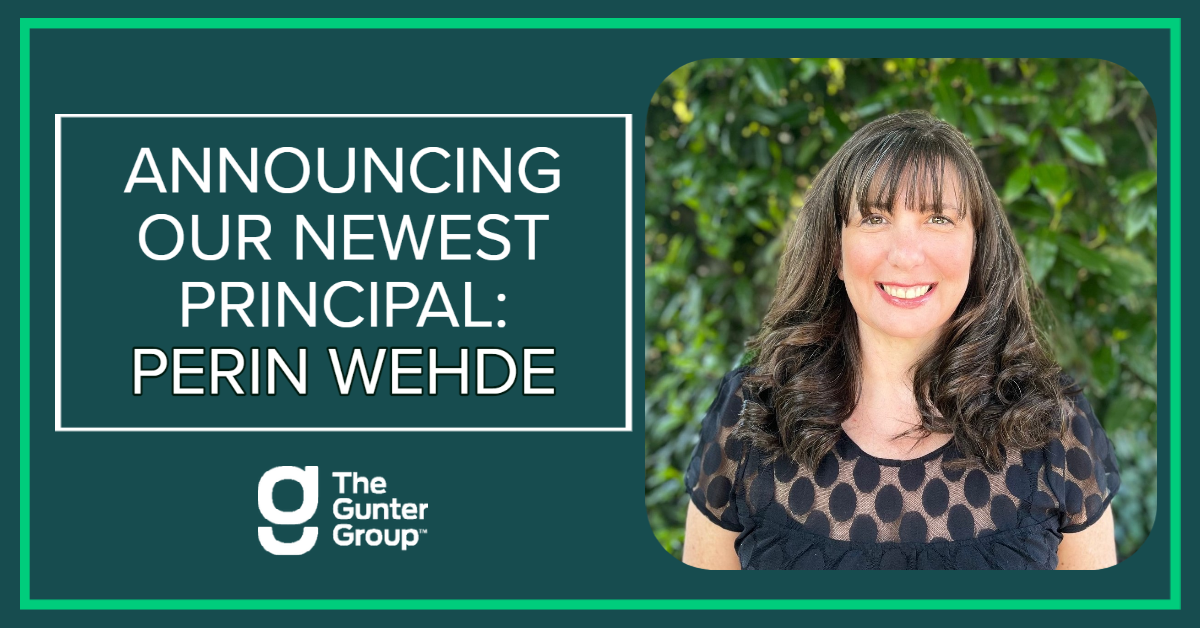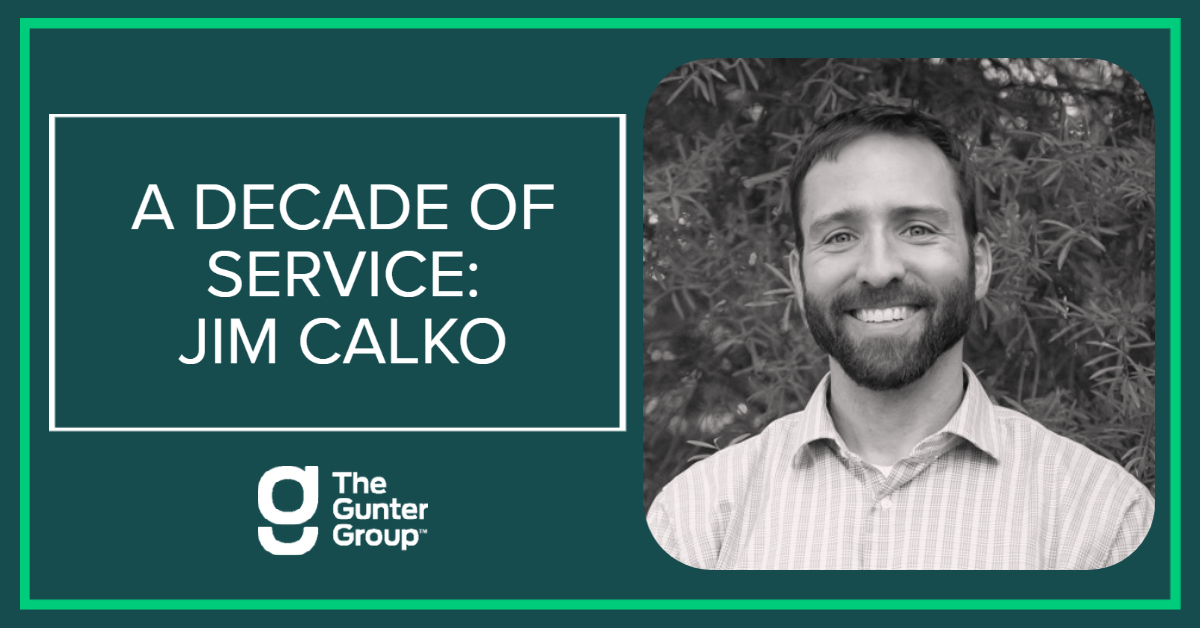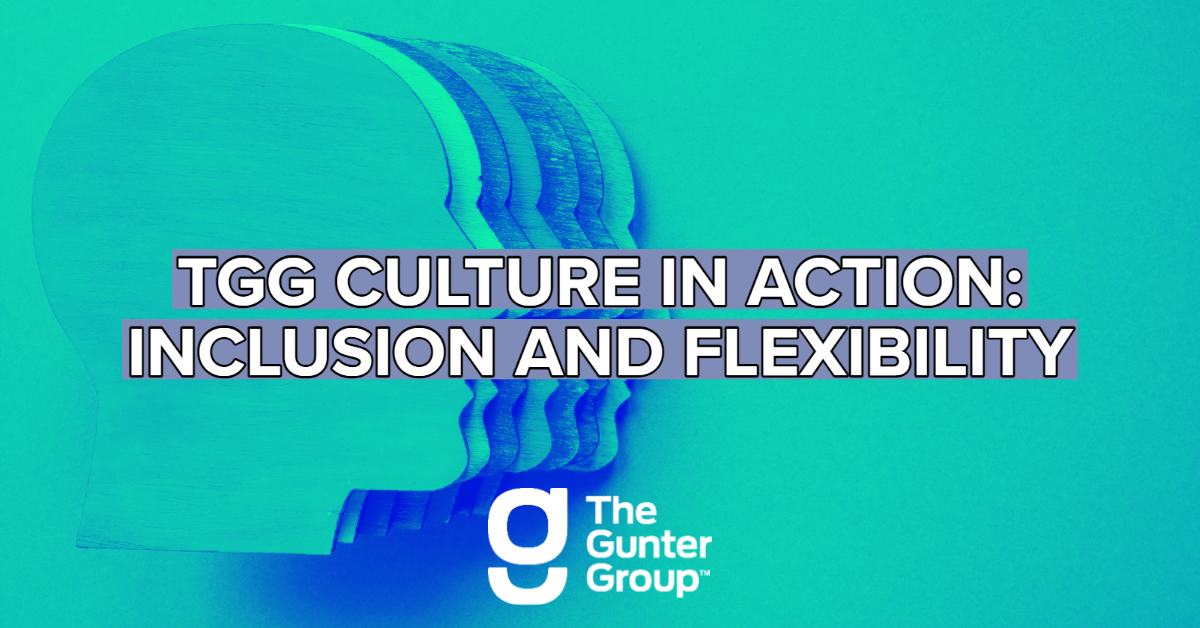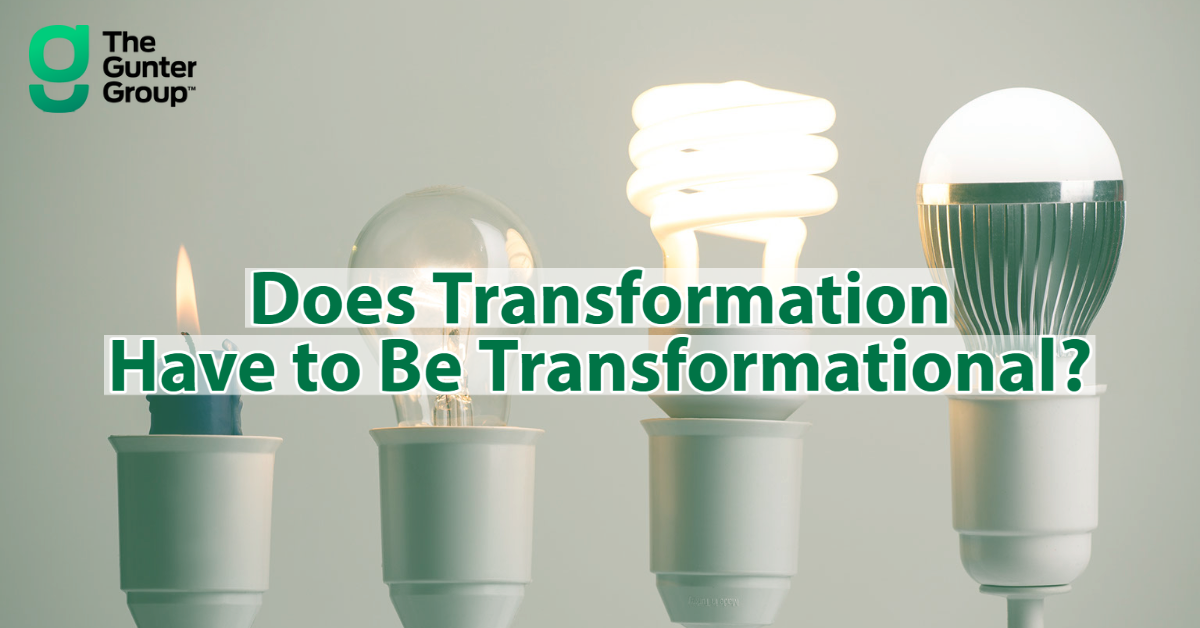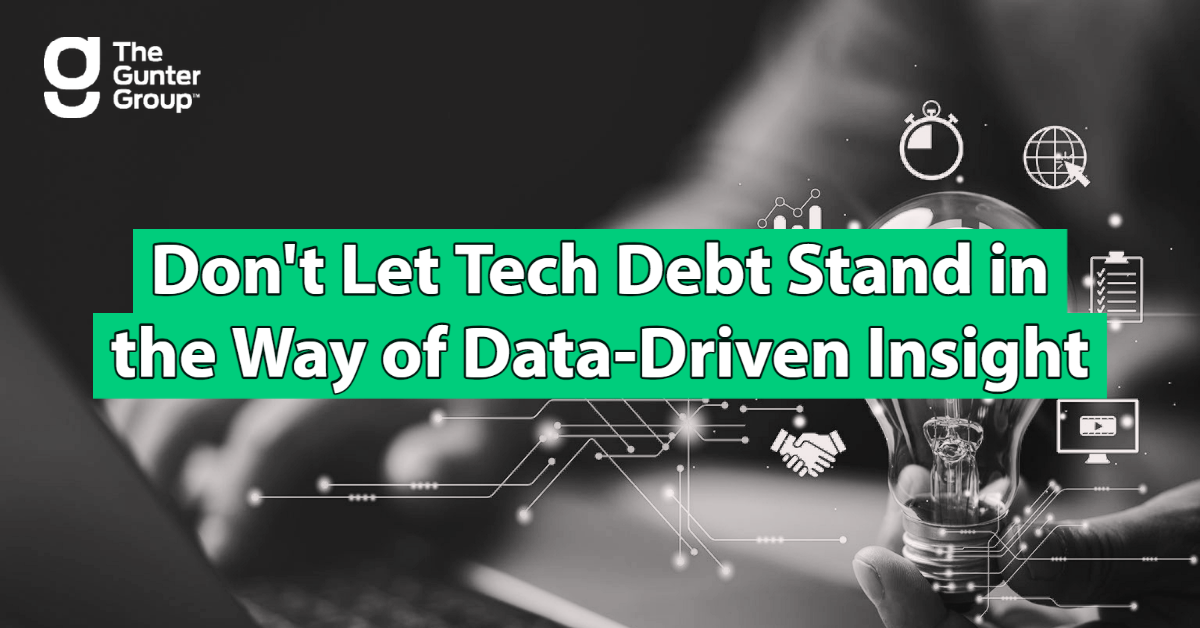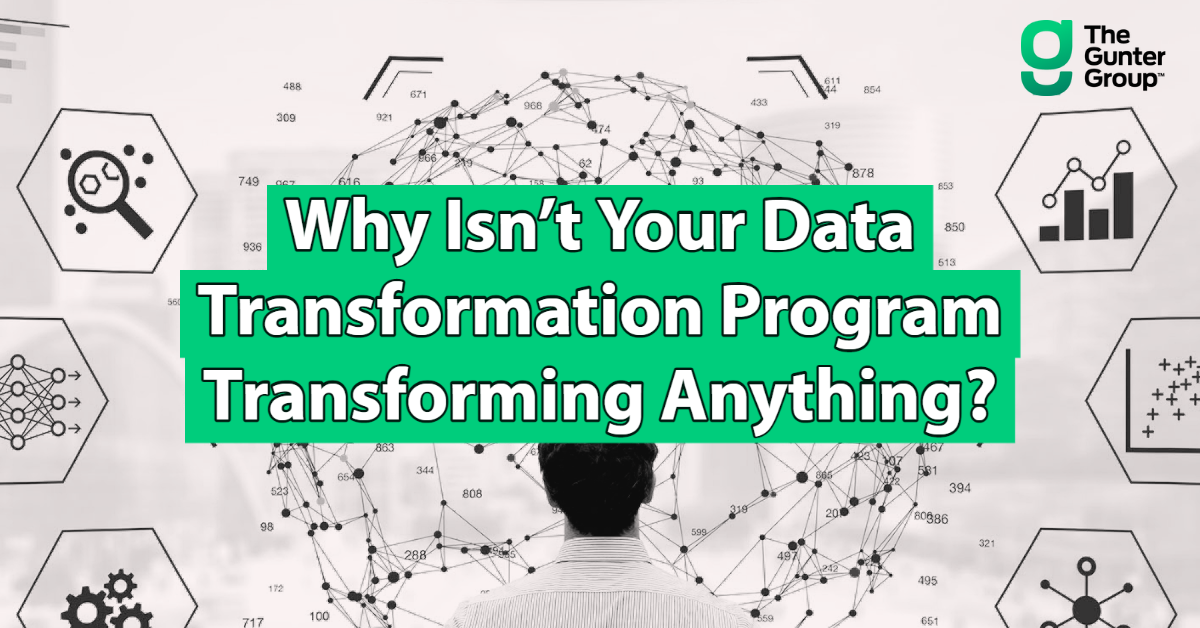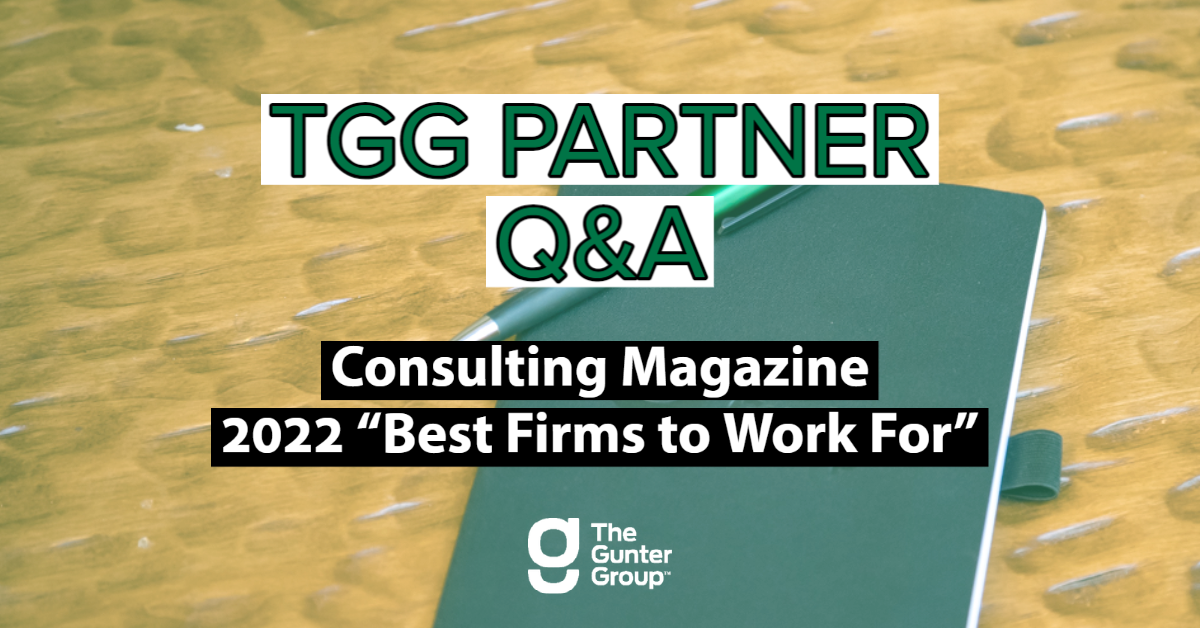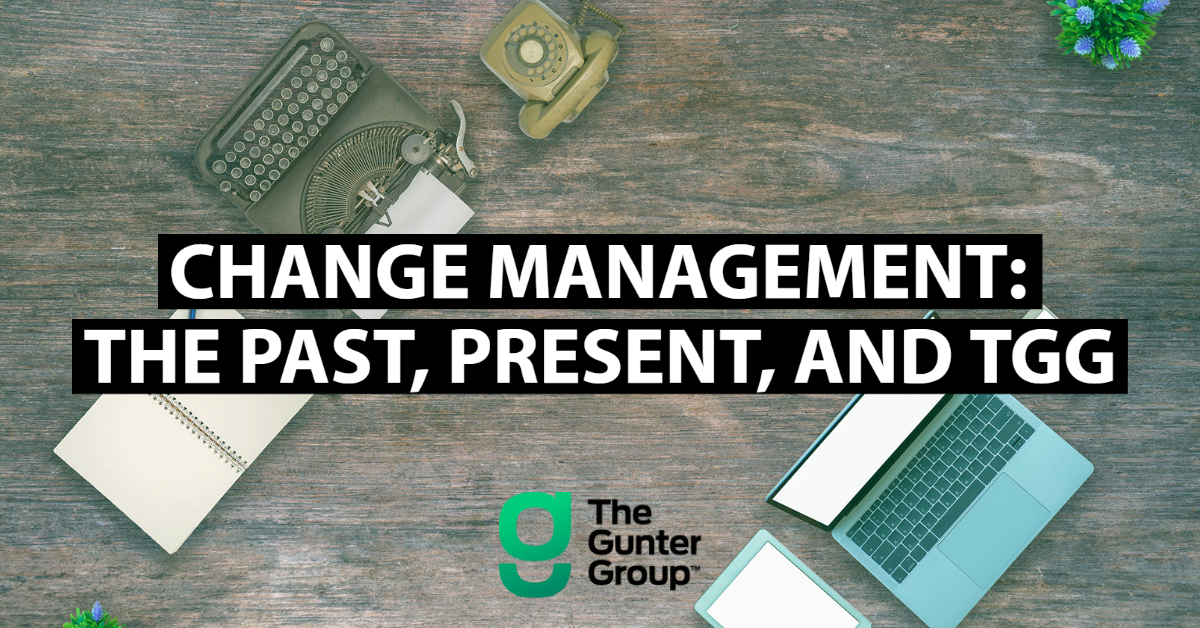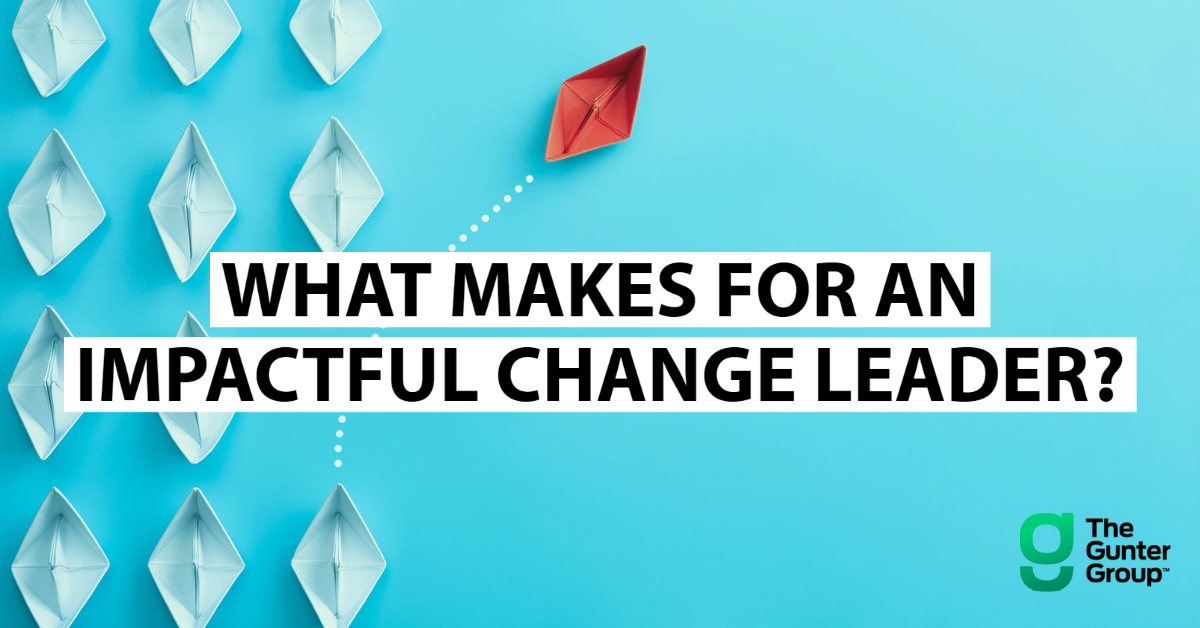We are excited to announce Perin Wehde as the newest Principal with The Gunter Group. Perin joins TGG with over 22 years of multinational consulting experience.
Tag Archives: Reno
FROM OUR PARTNERS:
FROM OUR PARTNERS:
A DECADE OF SERVICE – JIM CALKO
We are excited to recognize Jim Calko for his 10 years of service with The Gunter Group and his promotion to Principal at TGG.
TGG CULTURE IN ACTION:
INCLUSION AND FLEXBILITY
TGG Founding Partner Mike Gunter shares about TGG’s inclusive approach to holidays and the value of open conversations and teamwork.
DOES TRANSFORMATION HAVE TO BE TRANSFORMATIONAL?
TGG’s Danny Quarrell explores how a mix of enablement projects alongside your game changing Transformational projects are key to a healthy Actuarial Transformation Program.
DON’T LET TECH DEBT STAND IN THE WAY OF DATA-DRIVEN INSIGHT
Matt Jamison, Principal Consultant and Service Leader for TGG’s Technology Practice, shares strategies to mitigate tech debt and use your data to its fullest potential.
WHY ISN’T YOUR DATA TRANSFORMATION PROGRAM TRANSFORMING ANYTHING?
Matt Jamison, Principal Consultant and Service Leader for TGG’s Technology Practice, explains TGG’s unique approach to Technology work and explores current industry trends.
TGG PARTNER Q&A:
2022 CONSULTING MAGAZINE BEST FIRMS TO WORK FOR
TGG partner and head of TGG’s Nevada team, Tony Schweiss shares about the impact of being recognized by Consulting Magazine and the significance of being honored nationally for The Gunter Group’s culture and workplace.
CHANGE MANAGEMENT:
THE PAST, PRESENT, AND TGG
People are hardwired to be cautious of change. However, in today’s rapidly-evolving business climate, organizations must find ways to support employees through inevitable changes.
WHAT MAKES FOR AN IMPACTFUL CHANGE LEADER?
Impactful change leaders understand not only the holistic process of change but also the strategic tools and steps needed to help guide them in executing change. Here are seven components of impactful change leaders.
